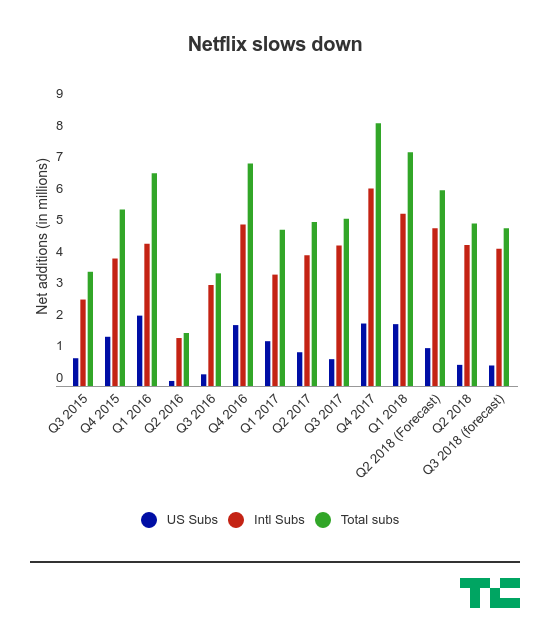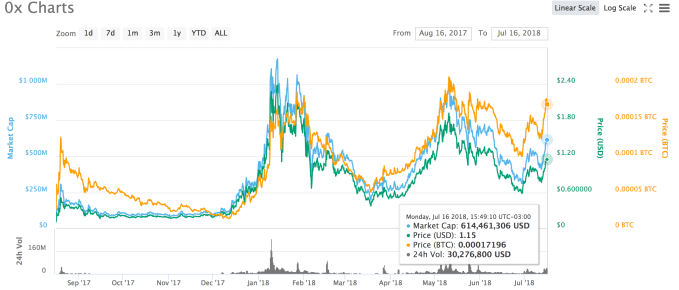Mention Me, the London-headquartered referral marketing platform, has raised $7 million in further funding. The round is led by Eight Roads Ventures and is the first time the five and a half year old company has raised venture capital, having only ever done a small angel round in 2015.
That’s noteworthy given the company’s two founders: Andy Cockburn and Tim Boughton, who met at Homeaway where they were U.K. MD and European CTO respectively before its $3 billion IPO on the Nasdaq.
Counting over 300 customers — including FarFetch, Ovo Energy, Ted Baker and ZipCar — Mention Me offers a marketing platform to make it easy and effective for companies to conduct referral marketing. The platform supports referral programs in 16 languages, but its biggest draw is the ability to A/B test, iterate and measure campaigns so that they work best for the cohort they target.
Another feature that stands out is Mention Me’s refer by name functionality. This sees the marketing platform let you refer customers simply by having enter your full name into the referral box instead of relying on a unique referral code or URL. This, Mention Me co-founder Cockburn says, is designed to mimic the way referrals are naturally made in conversation with friends i.e. ‘go to this store and mention my name’.
“Most businesses are sitting on a huge asset: the trust and good will of their customers,” he says. “If those customers are out telling their friends about the brand and how they feel about it, it should become the most valuable marketing channel the business has. A channel that brings in the best friends of your best customers is close to the holy grail of marketing. And some of the biggest successes of recent years – Uber, AirbnB, Dropbox – have realised this to great effect”.
However, the challenge, argues Cockburn, is that it’s not as easy as just putting a share button on a site. That’s because human psychology kicks in.
“When a brand asks us to share we start to evaluate the impact of that action on our friendships? Will I look good in front of my friend for sharing it? Will they judge me negatively for sharing? The way we solve this problem is by putting all of our resources – our technology and team – to focussing on solving the psychological challenge”.
This includes understanding that people aren’t all the same, hence Mention Me offers segmentation and A/B testing by cohort so that brands can work out which offers and messaging resonate with different customer groups.
“We let people share in the most natural way, in real world conversations, by telling friends to just go to the site and give their name, to make sharing feel natural. And we have a team of referral experts that actively works in partnership with clients to help them solve this challenge,” says Cockburn.
That partnership is reflected in Mention Me’s revenue model, too. Instead of charging a monthly subscription as most SaaS do, after an initial set-up fee, the company gets paid by referral, in the form of commission on a new customer’s first order. This makes it similar to affiliate marketing in the sense that the interests of Mention Me and its customers are aligned.
Meanwhile, the Mention Me founder believes that as marketing continues to evolve over the next five years, trust will be at the heart of its evolution. And when you get trust right, all of the dynamics of a business become easier.
“Customers come to you without you needing to sell to them, they’re generally happier and they stick around longer,” he says. “Over the next couple of years we’ll be building out a Trust Marketing platform to help businesses grow, manage, measure and harness trust. Our ultimate goal is to change how the world does marketing”.






 After talking to four leaders in different parts of the blockchain industry, the consensus was that 0x was an elegant protocol for spawning decentralized exchanges. But the question kept coming up about whether the project will be sustainable. The company doesn’t have to earn enormous amounts of revenue, but concerns about its longevity could scare away developers. One, who asked to remain anonymous, described 0x saying, “the best analogy is trying to monetize Linux.”
After talking to four leaders in different parts of the blockchain industry, the consensus was that 0x was an elegant protocol for spawning decentralized exchanges. But the question kept coming up about whether the project will be sustainable. The company doesn’t have to earn enormous amounts of revenue, but concerns about its longevity could scare away developers. One, who asked to remain anonymous, described 0x saying, “the best analogy is trying to monetize Linux.”